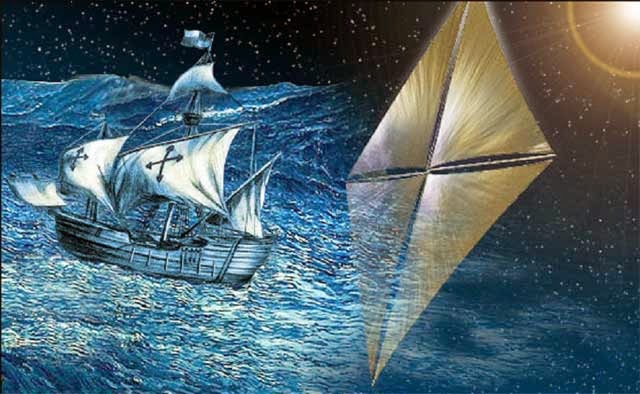 |
| Source: NASA Science News |
"Provide ships or sails adopted to the heavenly breezes, and there will be some who will brave even that void..." Johannes Kepler in a letter to his friend Galileo, 1610
Related to the topic (and mentioned in the live stream - see the Space.com link below):
Unlike chemical and rocket systems, which must expell a propellant to create thrust, an electrodynamic tether generates thrust through Lorentz-force interactions with a planetary magnetic field. By using the space environment to create thrust, electrodynamic tether systems can dramatically reduce the cost of many space missions by eliminating the need to launch large quantities of propellant into orbit.
An electrodynamic tether is essentially a long conducting wire extended from a spacecraft. The gravity gradient field (also known as the "tidal force") pulls the tether taut and tends to orient the tether along the vertical direction. As the tether orbits around the Earth, it crosses the Earth's magnetic field lines at orbital velocity (7-8 km/s!). The motion of the conductor across the magnetic field induces a voltage along the length of the tether. This voltage, which is called the "motional EMF", can be up to several hundred volts per kilometer.
Related links:
#P4TC: "Fly Me to the Moon" (and beyond)...March 4, 2011
Planetary Society: Light Sail Update: Of Booms and Pretty Pictures
Space.com: NASA Solar Sail Announcement (live streamed last night)
Sunjammer Mission: The Sun is Us
Tethers.com: Tethers Unlimited
Comments